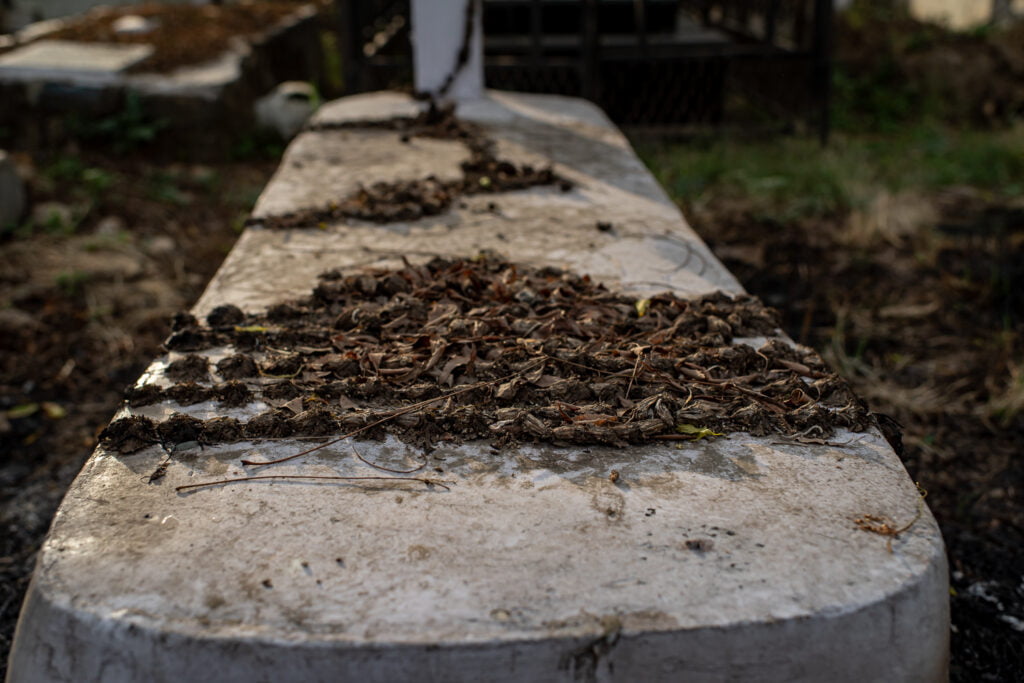It is hard to believe that in the teeming city of New Delhi there exists a quiet spot where the union of two nationalities and religions is celebrated. Just outside of its large walls, the busy markets of Paher Ganj and Delhi continue.
I had arrived in New Delhi on 13th April to continue with my long term project of documenting worship and ritual on the river Ganges. I had not been to India for 8 years though; health issues and Covid had conspired against my returning. The notion that a river could be a living Goddess continued to intrigue me, and the rich spiritual landscape of a pantheon of Gods mesmerised me. On this occasion my plan was to visit at least one of the sources of the Ganges, most probably Gangotri, and to spend time in Uttarkashi, Dev Prayag, Rishikesh and Haridwar. I was not to know that poor health was to play a continuing factor.

My preparation time for India was 6 weeks in Morocco and in retrospect this was unwise. Within days of arriving in India I had contracted a virulent chest infection, which led to a period of confusion and delirium. I kept becoming lost in Paherganj, a part of Delhi I normally enjoy, and I became paranoid that I would be assaulted or my possessions be stolen. In order to escape the city, I ordered online a taxi to take me to Gangotri, some 450 miles away, at the top of the Himalayas. On 16th April at 4am I was catapaulted out of the city and effected my escape.

I did however manage to take these photographs of this interesting cemetery, built apparently in 1937. I had been here before on previous trips and always enjoy photographing there. The images below hopefully document the nature of its syncretism, ie a cemetery where disparate cultures and faiths combine, portraying the colour and love of nature of the Hindu faith with features of the Christian faith introduced primarily by settlers in Delhi.